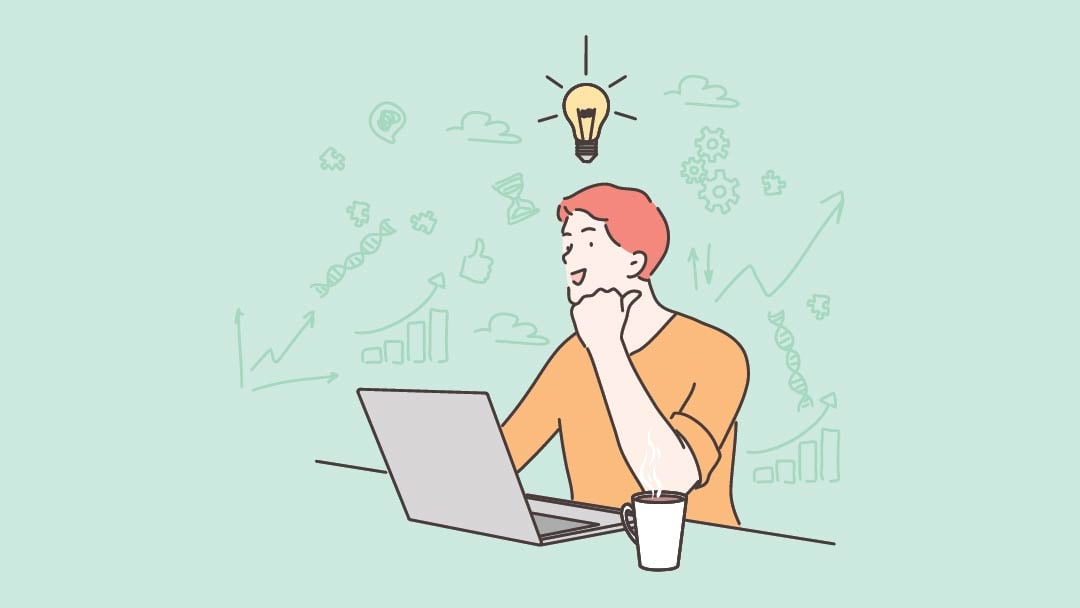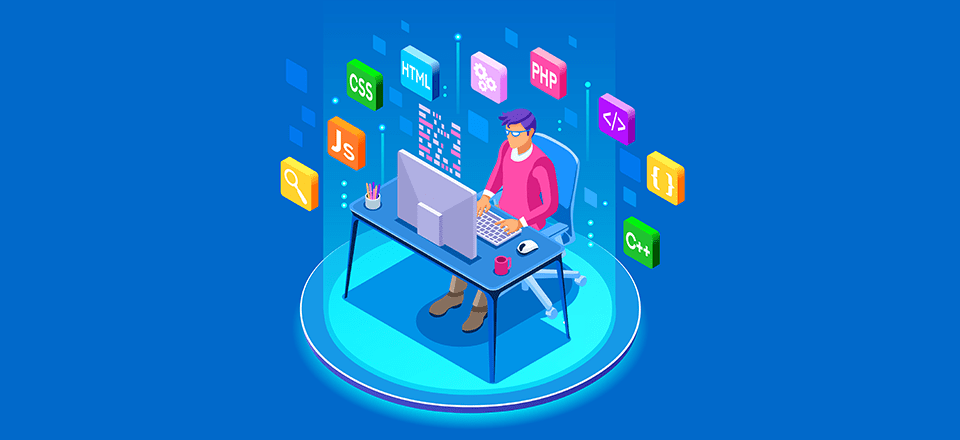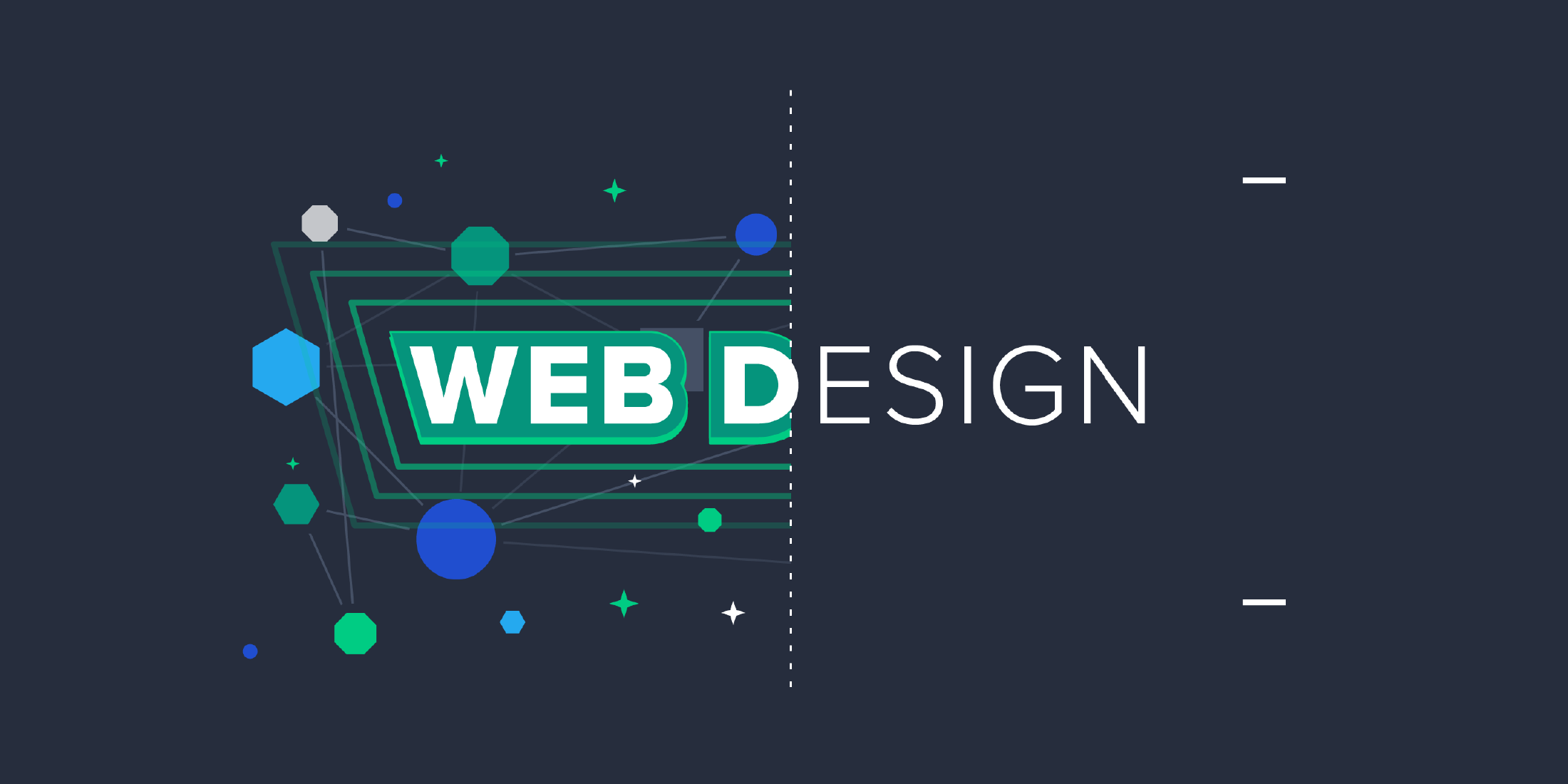All Categories
Featured
Table of Contents
- – Web Design Vs. Web Development - Upwork Tips a...
- – Basics Of Web Development & Coding Specializa...
- – Google Web Designer - Home Tips and Tricks:
- – St Louis Seo Company - St Louis Web Design An...
- – 12 Essential Tips For Improving Your Web Desi...
- – Web Design Software By Xara Tips and Tricks:
- – Web Design Services + Website Development Ag...
- – Web Design Studio & Digital Marketing Agency...
- – Mrw Web Design - Wordpress Websites For Nonp...
- – 53 Web Design Tools To Help You Work Smarter...
- – Web Designer: Learn The 9 Skills You Need In...
Web Design Vs. Web Development - Upwork Tips and Tricks:
Quick summary Functionality and the energy, not the visual style, identify the success or failure of a website. Given that the visitor of the page is the only individual who clicks the mouse and therefore decides everything, user-centric design has actually developed as a basic technique for effective and profit-oriented web design - web design frederick md.
and the energy, not the visual design, determine the success or failure of a site. Since the visitor of the page is the only person who clicks the mouse and therefore decides whatever, user-centric design has actually become a standard method for effective and profit-oriented web design. After all, if users can't use a function, it might as well not exist.
g. where the search box should be placed) as it has already been carried out in a number of short articles; instead we concentrate on the methods which, utilized appropriately, can result in more sophisticated design decisions and simplify the process of perceiving provided info. Please see that you might be thinking about the usability-related articles we have actually released prior to: Principles Of Great Site Style And Effective Website Design Guidelines, In order to utilize the concepts appropriately we initially need to comprehend how users connect with sites, how they believe and what are the fundamental patterns of users' behavior.
Basics Of Web Development & Coding Specialization - Coursera Tips and Tricks:
Visitors glance at each new page, scan some of the text, and click on the very first link that catches their interest or vaguely resembles the thing they're searching for. In reality, there are large parts of the page they do not even look at. A lot of users look for something fascinating (or helpful) and clickable; as quickly as some promising candidates are found, users click.
If a page supplies users with top quality material, they want to compromise the material with ads and the design of the site. This is the reason that not-that-well-designed sites with high-quality material gain a great deal of traffic over years. Content is more essential than the style which supports it.

Users do not read, they scan. Notification how "hot" areas abrupt in the middle of sentences. This is common for the scanning process. Extremely easy concept: If a website isn't able to fulfill users' expectations, then designer stopped working to get his task done correctly and the company loses cash. The greater is the cognitive load and the less user-friendly is the navigation, the more willing are users to leave the website and search for options.
Google Web Designer - Home Tips and Tricks:
Neither do they scan webpage in a linear fashion, going sequentially from one site section to another one. Instead users satisfice; they choose the first sensible option. As quickly as they find a link that appears like it may result in the goal, there is a great chance that it will be right away clicked.
It does not matter to us if we comprehend how things work, as long as we can utilize them. If your audience is going to act like you're designing signboard, then design excellent signboards." Users desire to have the ability to control their internet browser and count on the constant information presentation throughout the website.
If the navigation and site architecture aren't instinctive, the number of concern marks grows and makes it harder for users to understand how the system works and how to get from point A to point B. A clear structure, moderate visual clues and easily identifiable links can assist users to discover their path to their objective.
St Louis Seo Company - St Louis Web Design And Internet ... Tips and Tricks:

claims to be "beyond channels, beyond items, beyond circulation". What does it mean? Because users tend to explore sites according to the "F"-pattern, these three declarations would be the very first components users will see on the page once it is packed. The style itself is basic and instinctive, to comprehend what the page is about the user requires to browse for the answer.
As soon as you've achieved this, you can communicate why the system is beneficial and how users can benefit from it. Do Not Misuse Users' Persistence, In every job when you are going to use your visitors some service or tool, attempt to keep your user requirements very little.
Newbie visitors want to, not filling long web kinds for an account they might never ever use in the future. Let users explore the site and discover your services without forcing them into sharing private information. It's not reasonable to require users to get in an e-mail address to check the feature.
12 Essential Tips For Improving Your Web Design In 2022 Tips and Tricks:
Stikkit is an ideal example for an user-friendly service which needs almost nothing from the visitor which is inconspicuous and soothing. Which's what you want your users to feel on your website. Apparently, Mite requires more. However the registration can be carried out in less than 30 seconds as the form has horizontal orientation, the user doesn't even need to scroll the page.
A user registration alone is sufficient of an impediment to user navigation to reduce inbound traffic. 3. Manage To Focus Users' Attention, As sites offer both fixed and dynamic material, some elements of the interface bring in attention more than others do. Undoubtedly, images are more attractive than the text simply as the sentences marked as bold are more appealing than plain text.
Focusing users' attention to specific locations of the website with a moderate use of visual components can assist your visitors to get from point A to point B without thinking about how it actually is supposed to be done. The less enigma visitors have, the they have and the more trust they can develop towards the business the website represents.
Web Design Software By Xara Tips and Tricks:
Make Every Effort For Function Exposure, Modern web designs are usually slammed due to their method of directing users with aesthetically appealing 1-2-3-done-steps, big buttons with visual results etc. From the design perspective these components really aren't a bad thing.
The website has 9 primary navigation alternatives which show up at the very first look. The option of colors may be too light, though. is an essential principle of effective interface style. It does not really matter how this is attained. What matters is that the content is well-understood and visitors feel comfortable with the method they interact with the system.
com gets directly to the point. No adorable words, no overemphasized statements. Rather a cost: simply what visitors are searching for. An optimal service for reliable writing is touse brief and concise expressions (come to the point as quickly as possible), use scannable layout (classify the material, utilize multiple heading levels, utilize visual aspects and bulleted lists which break the flow of consistent text blocks), use plain and objective language (a promo does not require to sound like ad; give your users some affordable and objective reason they should use your service or remain on your website)6.
Web Design Services + Website Development Agency Tips and Tricks:
Users are hardly ever on a site to delight in the design; additionally, for the most part they are trying to find the details in spite of the style - web design frederick md. Strive for simplicity instead of intricacy. From the visitors' viewpoint, the best site style is a pure text, with no ads or more material blocks matching precisely the query visitors utilized or the material they have actually been looking for.
Finch plainly presents the info about the website and offers visitors an option of choices without overcrowding them with unnecessary content. Not only does it help to for the visitors, but it makes it possible to perceive the information presented on the screen.
Complex structures are harder to read, scan, examine and deal with. If you have the option between separating two design segments by a visible line or by some whitespace, it's typically better to utilize the whitespace option. (Simon's Law): the much better you handle to supply users with a sense of visual hierarchy, the easier your material will be to perceive.
Web Design Studio & Digital Marketing Agency • Gravitate Tips and Tricks:
The very same conventions and rules should be applied to all elements.: do the most with the least quantity of cues and visual components. Clarity: all components must be developed so their significance is not uncertain.
Conventions Are Our Friends, Standard style of website elements doesn't result in a dull website. In reality, as they lower the discovering curve, the need to find out how things work. For circumstances, it would be an usability headache if all websites had various visual presentation of RSS-feeds. That's not that various from our regular life where we tend to get utilized to standard concepts of how we organize data (folders) or do shopping (placement of items).
comprehend what they're anticipating from a website navigation, text structure, search positioning etc. A normal example from functionality sessions is to equate the page in Japanese (presuming your web users do not understand Japanese, e. g. with Babelfish) and provide your use testers with a job to find something in the page of various language.
Mrw Web Design - Wordpress Websites For Nonprofits ... Tips and Tricks:
Steve Krug suggests that it's better to, but take benefits of conventions when you do not. 10. Test Early, Test Often, This so-called TETO-principle needs to be used to every web design task as functionality tests typically supply into significant problems and concerns associated with an offered design. Test not far too late, not too little and not for the wrong reasons.
Some crucial indicate bear in mind: according to Steve Krug, and screening one user early in the task is much better than testing 50 near the end. Accoring to Boehm's first law, errors are most regular throughout requirements and style activities and are the more expensive the later on they are removed.
That means that you create something, test it, repair it and then check it once again. There might be problems which haven't been discovered throughout the preliminary as users were virtually blocked by other issues. functionality tests. Either you'll be pointed to the issues you have or you'll be pointed to the lack of major style defects which is in both cases a helpful insight for your task.
53 Web Design Tools To Help You Work Smarter In 2022 Tips and Tricks:

This holds for designers too. After you've worked on a site for few weeks, you can't observe it from a fresh perspective anymore. You understand how it is built and for that reason you understand precisely how it works you have the wisdom independent testers and visitors of your website would not have.
It can be connected to other locations such as graphic style, user experience, and multimedia arts, but is more appropriately seen from a technological perspective. It has actually ended up being a big part of individuals's everyday lives. It is hard to imagine the Web without animated graphics, different designs of typography, background, videos and music.

Throughout 1991 to 1993 the World Wide Web was born. Text-only pages could be viewed utilizing an easy line-mode web browser. In 1993 Marc Andreessen and Eric Bina, created the Mosaic browser. At the time there were several browsers, however the bulk of them were Unix-based and naturally text heavy. There had actually been no integrated technique to graphic style aspects such as images or sounds.
Web Designer: Learn The 9 Skills You Need In 2022 - Skillcrush Tips and Tricks:
The W3C was created in October 1994 to "lead the Internet to its complete potential by developing common procedures that promote its advancement and guarantee its interoperability." This prevented any one business from monopolizing a propriety internet browser and programs language, which could have altered the result of the World Wide Web as a whole.
As this has happened the innovation of the web has actually likewise moved on. There have likewise been significant modifications in the way people use and access the web, and this has actually altered how sites are developed.
Learn more about Lovell Media Group LLC or TrainACETable of Contents
- – Web Design Vs. Web Development - Upwork Tips a...
- – Basics Of Web Development & Coding Specializa...
- – Google Web Designer - Home Tips and Tricks:
- – St Louis Seo Company - St Louis Web Design An...
- – 12 Essential Tips For Improving Your Web Desi...
- – Web Design Software By Xara Tips and Tricks:
- – Web Design Services + Website Development Ag...
- – Web Design Studio & Digital Marketing Agency...
- – Mrw Web Design - Wordpress Websites For Nonp...
- – 53 Web Design Tools To Help You Work Smarter...
- – Web Designer: Learn The 9 Skills You Need In...
Latest Posts
Modern Website Designs - Best Web Page Designers Tips and Tricks:
The Top 10 Most Important Elements Of A Website Design Tips and Tricks:
What Does A Web Designer Do? - Careerexplorer Tips and Tricks:
More
Latest Posts
Modern Website Designs - Best Web Page Designers Tips and Tricks:
The Top 10 Most Important Elements Of A Website Design Tips and Tricks:
What Does A Web Designer Do? - Careerexplorer Tips and Tricks: